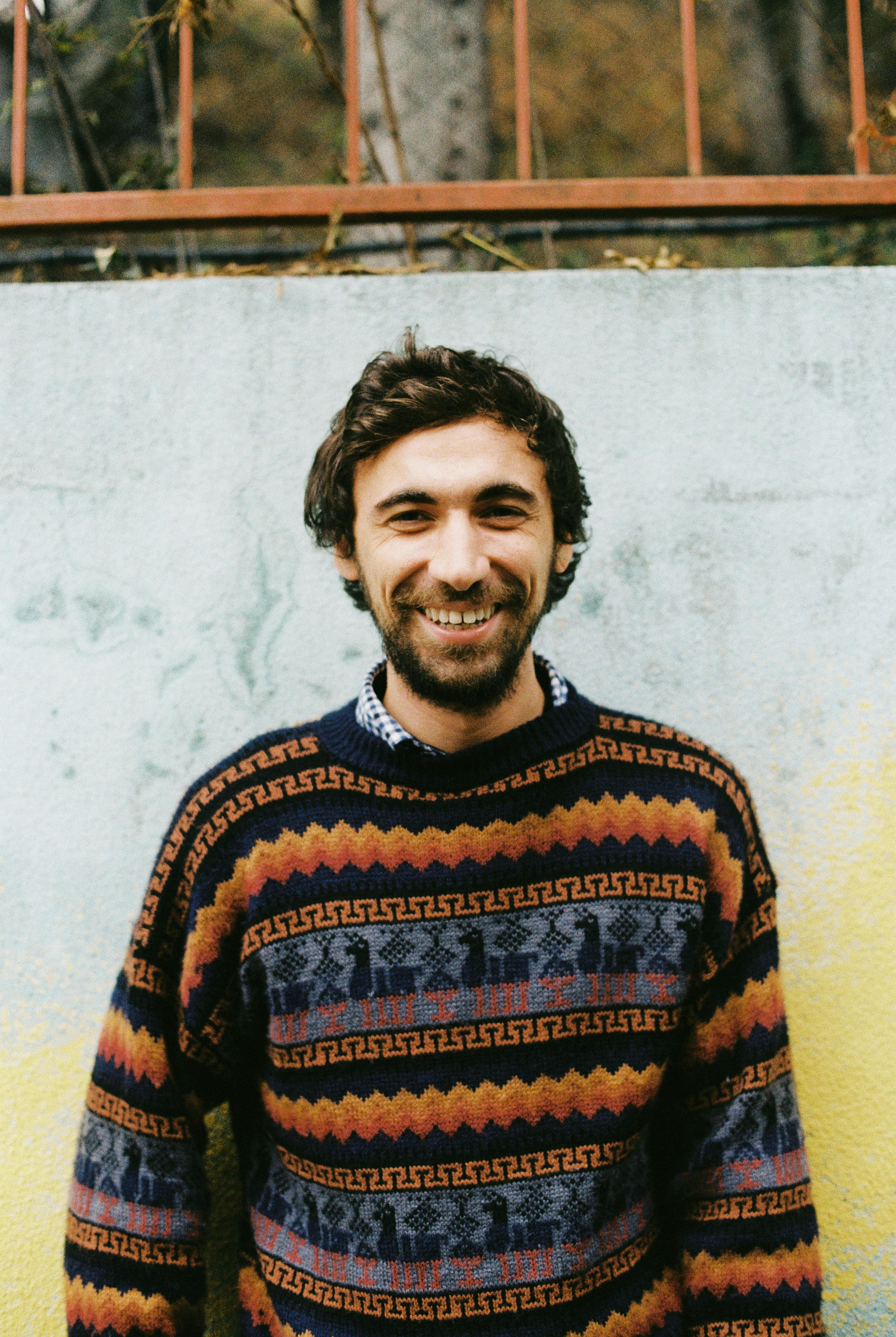
Art Tokenization: Revolutionizing Digital Asset Ownership and Investment Strategies
Art Tokenization: Transforming the Future of Art Investment and Ownership
Understanding Art Tokenization in the Digital Landscape
Art tokenization represents a groundbreaking intersection of blockchain technology, digital assets, and traditional art markets. This innovative approach enables fractional ownership of high-value artworks through blockchain-based digital tokens, fundamentally reshaping how art is bought, sold, and invested in globally.
The technological infrastructure behind art tokenization leverages smart contracts and blockchain protocols to create digital representations of physical artworks. These tokens can be traded, divided, and managed with unprecedented transparency and efficiency, breaking down traditional barriers to art investment.
Market Landscape and Economic Implications
Global Art Tokenization Market Statistics
| Year | Estimated Market Value | Growth Rate |
|---|---|---|
| 2023 | $412 Million | 17.5% |
| 2024 (Projected) | $584 Million | 21.3% |
| 2025 (Forecast) | $792 Million | 25.6% |
Source: Global Art Technology Research Institute, 2024
Leading Tokenization Protocols and Platforms
-
Masterworks: A pioneering platform enabling fractional art investment through SEC-registered offerings, specializing in blue-chip contemporary art.
-
Artory: Providing comprehensive blockchain-based provenance tracking and authentication for art assets, ensuring transparent ownership records.
-
Portion: A decentralized art marketplace leveraging Ethereum blockchain for direct artist-to-collector transactions.
Regulatory Frameworks and Jurisdictional Considerations
Art tokenization navigates complex legal landscapes across multiple jurisdictions. In the United States, the Securities and Exchange Commission (SEC) provides regulatory oversight, requiring careful compliance with securities laws. The British Virgin Islands and Cayman Islands offer more flexible regulatory environments for digital asset structures.
Switzerland and Liechtenstein have emerged as progressive jurisdictions, developing comprehensive blockchain and digital asset regulations that support innovative tokenization models. These regions provide robust legal frameworks that balance investor protection with technological innovation.
Technological Architecture of Art Tokenization
Blockchain protocols like Ethereum and Polygon enable sophisticated token standards such as ERC-721 and ERC-1155, facilitating nuanced ownership representations. These technologies support fractional ownership, transparent transaction histories, and programmable asset management.
Investment Dynamics and Accessibility
Traditionally, high-value art investments were restricted to wealthy collectors and institutional investors. Art tokenization democratizes access by allowing fractional investments as low as $50-$100, enabling broader participation in art markets.
Technological and Market Challenges
Despite significant potential, art tokenization faces challenges including:
- Complex valuation methodologies
- Regulatory uncertainty
- Technical infrastructure limitations
- Market education and adoption barriers
Future Technological Developments
Emerging technologies like artificial intelligence and machine learning are expected to enhance art valuation, authentication, and trading mechanisms. Integration with decentralized finance (DeFi) platforms will likely create more sophisticated investment instruments.
RWA.codes: Your Tokenization Partner
At RWA.codes, we specialize in developing comprehensive blockchain solutions for real-world asset tokenization. Our expert team provides end-to-end services including:
- Custom blockchain development
- Smart contract engineering
- Regulatory compliance consulting
- Technical architecture design
With deep expertise in art tokenization technologies, we help organizations navigate the complex intersection of art, blockchain, and digital asset management.